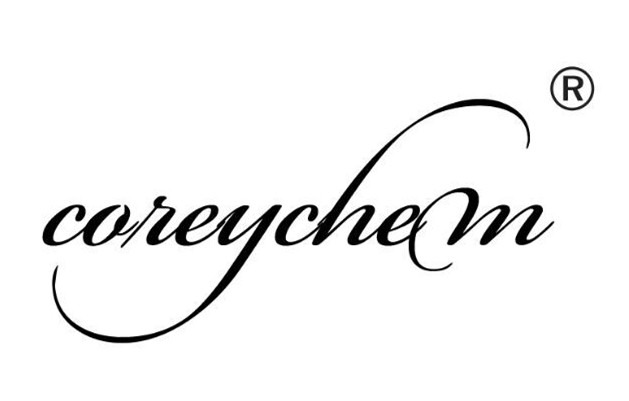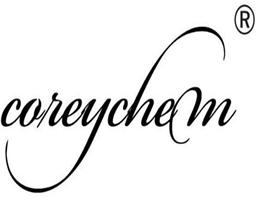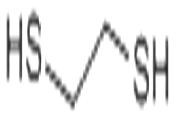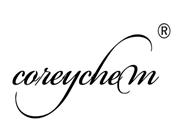Ethyl caprate
$ 1.00
/1kg
- Min. Order1kg
- Purity99%
- Cas No110-38-3
- Supply Ability100KG
- Update time2019-07-06

career henan chemical co
VIP8Y
 China
China
Enterprise Verified
Business Bank account
Basic Contact Infomation
Business Address
Trade Company



Chemical Properties
| Product Name | Ethyl caprate |
| CAS No | 110-38-3 |
| EC-No | |
| Min. Order | 1kg |
| Purity | 99% |
| Supply Ability | 100KG |
| Release date | 2019/07/06 |




